Information of Building Materials
Important Point
Building materials play a crucial role in civil engineering. The strength and the durability of the structure totally depend upon the type and the quality of the building material that is used in the construction. The building materials should have the ability to sustain high loads and stresses.
Nowadays there are various advanced building materials are also available in the market which is widely used for various construction purpose.
In this article, you will get to know the different types of building materials used in construction for various purposes.
Types of Building Materials Used in Construction
There are various types of building materials are used in the construction of various structures which are as follows
Classification of Building Materials
The building materials are classified into five types according to their uses that are as follows.
- Natural building materials
- Artificial building materials
- Special building materials
- Recycled building materials
- Finishing building materials
1. Natural Building Materials
The materials that are occurring naturally in the environment are known as natural building materials. Natural building materials include sand, clays, gravels, rocks, minerals, metals, and ceramics, etc. These materials are formed in nature due to natural growth.
The different types of stones are obtained from the quarry and the natural beds of the stones. Sand is obtained from the natural beds of the river.
1.1. Rocks
Rocks are basically the units that formed at the crust of the earth. The rocks are widely used in the construction of structures in the olden days. The Rock structures have high compressive strength and are more durable than concrete structures.
All the construction in ancient times was done with the help of rocks. The Egyptian civilization like pyramids that was totally constructed with rocks. Rocks are very dense building materials and can carry heavy loads. Mortar is used to hold stones with each other.
1.2. Clay and Mud
Mud and clay are still used in the construction of different styles of structures. It allows constructing the structures with flexible designs. The clay and mud have a high thermal mass due to which it tends to be cool during the summer and warm in the winter. The clay and mud help to keep the temperature at a constant level.
1.3. Natural Sand
Sand is obtained from the bed of the river which is formed by the decomposition of the sandstones due to the weathering effects. Sand is used in the manufacturing of mortar and concrete which increases the volume in the mix and fills the voids and makes it economical. According to the Indian standard, the sand passing through the 4.75mm sieve is considered Fine sand.
1.4. Timber
Timber is a product of the trees and is widely used in construction. It is used in the doors and windows and making furniture. Timber is used as a centering material or formwork material in the construction of Reinforced concrete structures. It is also used as a roofing material and for scaffolding works. In the olden days, timber is used in the sleepers of the railways.
2. Artificial Building Materials
Artificial building materials are those which are manufactured artificially and used in different types of construction.
2.1. Concrete
Concrete is a composite and versatile building material that is widely used in almost every type of construction.
Concrete is mainly used to take the compressive as it is good in compression and weak in tension. The tensile strength of the concrete is increased by reinforcing steel bars in the concrete that’s why it is known as the Reinforced cement concrete. The concrete used in the casting of slabs, beams, and columns, etc.
The properties of the concrete mainly depend upon the mix proportion used in the mix design of the concrete. Concrete should have good strength and durability.
2.2. Bricks
Bricks are the most widely used building material for the construction of walls. Bricks are artificial materials that are manufactured by the process of burning in a kiln.
There are various types of bricks are available in the market according to their compressive strength. The bricks offer a variety of natural colors and textures that will help to enhance the appearance of the structure.
2.3. Steel
Steel is used in the concrete to reinforce it and increase its tensile strength.
Steels are also used in the construction of steel structures. Steels are available in different forms so that they can be used in different types of construction works. It has resistance to corrosion and high strength and durability.
2.4. Artificial Sand
Artificial sand is also known as crushed sand and mechanical sand which is manufactured by mechanical crushing. Nowadays because of the shortage of river sand, artificial sand is a good replacement for river sand. Artificial sand is used in the manufacturing of mortar and concrete.
2.5. Glass
Glass is an amorphous and non-crystalline material which is widely used in the window panels and for various architectural purpose. Glass is also used for internal partitions and for various decorative purposes. It is also used as a transparent glazing material. It helps to improve the aesthetics of the building.
2.6. Plastics
Plastic is used for molding pipes, sheets, and films. They generally produced materials having very little density. Plastic is also a cost-effective option and very easy to install.
3. Special Building Materials
The materials that are manufactured specially and possess various properties are known as special building materials.
3.1. PVC (Poly-vinyl chloride)
PVC is Polyvinyl chloride and it is very cheap and easy to assemble. The PVC building materials have good water resistance and also fire resistance. It is also used in the manufacturing of water pipes. PVC is also used in tubing, flooring, and roofing membranes. It has excellent insulation properties.
3.2. Polypropylene Fibers
The polypropylene fibers are used in the special type of concrete as a replacement for the reinforcement. The addition of polypropylene fibers increases the tensile strength of the concrete with compressive strength.
3.3. Emulsion and Pastes
Emulsions and bitumen’s are prepared by making a dispersion of the bitumen or tar in appropriate quantity in water in which the emulsion stabilizers such as the oleic acid and acidal are added. Emulsions are specially used for providing the waterproofing coating. The bitumen pastes are used to coat the surface and make it water-resistant.
4. Recycled Building Materials
The building materials that are used with the help of the waste materials are known as Recycled building materials. Recycled building materials have various advantages in terms of cost and energy.
4.1. Timbercreek
Timbercreek is a blend of the sawmill, sand, cement, and binder in the appropriate proportion. It can be molded into the blocks to make bricks, blocks, and panels, etc. These molds are available in various shapes, sizes, colors, and textures.
4.2. Farrok
Ferrok is made from a blend of iron powder, lime powder fly ash, and metakaolin. It helps to enhance the environment by absorbing the atmospheric CO2 for the process of hardening.
5. Finishing Building Materials
The materials that are used to provide a smooth finish to the surface of the masonry structures are known as the finishing materials.
5.1. Lime Plaster
Lime mortar is used for plastering works and acts as a binding material in the mortar. An equal portion of the sand and lime is taken for the manufacturing of the lime mortar.
5.2. Plasterboard
Plasterboard is a covering material that is used for providing cover to the external sides of the brick walls. The plasterboards provide a smooth finish to the surface of the wall.
5.3. Paints
Paints are one of the most important finishing materials on the surface which provides protection from corrosion. Paints are the thick fluid material that is applied on the surface of the metalwork, woodwork.
Paints are available in different colors which will help to improve the aesthetical property.
5.4. POP ( Plaster of Paris)
POP is a plaster of Paris that is obtained from the gypsum that is heated to a certain temperature, the water of crystallization gets removed leaving behind a very fine powder of plaster of Paris.
When the water is added to the powder it sets immediately. The plaster of Paris is widely used for plastering work. POP also provides a very smooth finish with sharp edges and corners. This plaster is used for interior works, not for external surfaces.
Selection of the Building Materials
One of the most challenging tasks for a Civil engineer is to select the appropriate building material for construction work. The selection of the building material is very important and it affects the strength and durability of the structure.
The Building Material should have high load-bearing capacity, pleasing and good serviceability, and also economical so that it can be used in any construction project. Various factors affect the selection of the building material
Factors Affecting the Selection of the Building Material
The following are the various factors that should be considered while the selection of the building material in the construction
- Strength of the material
- The durability of the material
- Load bearing capacity
- Cost of material
- Eco-friendly
- Appearance of the material
- Serviceability
1. Strength of the Material
The strength of the building material is a maximum load-bearing capacity of material up to which it can carry the load without any failure. The material should have sufficient strength so that it can carry tensile, compressive, bending loads. For example, the concrete should have high compressive strength and the steel should have high tensile strength.
2. The Durability of the Material
The material that we used in the construction should be durable and it should resist the aggressive nature of the environment such as wind, rain, and snow, etc.
The material should be capable to sustain the high-intensity loads for a longer period and resist the environmental impact.
The material should not undergo deterioration and disintegration and it should have crack resistance. T should not wear out easily and have good bonding strength.
3. Load Bearing Capacity
The material should have a high load-bearing capacity so that it can sustain the higher loads acting on the structure without failure.
4. Cost of Material
The cost of the material is the important factor that affects the selection of the material. The building material should be economical so that it can be used in a larger quantity without affecting the overall cost of the project.
Before selection of the building material, do some market survey and analyze the different types of building materials and their cost and choose the material which is available in the ample quantity in that area so it can be easily available at a reasonable rate.
The type of material used in the construction also affects the designing of the structure so that the material selection must be done as early as possible.
5. Eco-Friendly
Nowadays the construction is contributing to a large amount of pollution in the environment due to which the eco-friendly buildings materials have great demand in the market. The material should be selected in such a way that it should not affects our ecosystem.
Eco-friendly materials are the type of materials that do not cause any harm to the environment and that can be reused for different purposes.
6. Appearance of the Material
The appearance or aesthetics is also important criteria that should be considered while the selection of the building material. The material should have a smooth finish and color which makes the structures aesthetically pleasing.
7. Serviceability
The building material should fulfill all the service requirements such as dimensional stability, strength, toughness, heat resistance, corrosion resistance, fatigue and creep resistance, etc. The material should be selected such that it will provide optimum serviceability.
Also, read: What Is Contour Interval | Calculation of Contour Intervals | Uses of Contour Intervals in Surveying
What are Houses Material?
The construction industry uses a variety of building materials for different aspects of a home build. Architects consult with structural engineers on the load-bearing capabilities of the materials with which they design, and the most common materials are concrete, steel, wood, masonry, and stone.
Materials for Houses
List of materials needed to build a house.
- Mud and Clay.
- Clay bricks and Blocks.
- Sand.
- Aggregates.
- Stone and Rock.
- Thatch.
- Wood and Timber.
- Fired Bricks and Clay Blocks.
Types of Building Materials
Five List of Building Materials for a House.
- Steel.
- Concrete.
- Wood.
- Stone.
- Brick/Masonry.
Materials Needed to Build a House
Gather wall material–wood, drywall, or synthetic materials. You will need such tools as a hammer and nails, mudding knife and a pan. Build the outer skin of your house from wood, vinyl, brick or stone. Tools you need include cement, mortar, staples and a staple gun, and a hammer and nails.
What Materials Are Used in Construction?
The construction industry uses a variety of building materials for different aspects of a home build. Architects consult with structural engineers on the load-bearing capabilities of the materials with which they design, and the most common materials are concrete, steel, wood, masonry, and stone.
Building Materials Used in Construction
Cement is the most used construction material with global cement consumption volume is expected to reach 4.42 billion tons in 2021. It is mostly used to make concrete and mortar for plastering work.
Interior Building Materials
If you are looking for traditional or contemporary designs, you have an array of choices such as natural stone, vitreous glass, unglazed porcelain, sintered glass, etc.
What Are Major Sources of Building Materials?
Many naturally occurring substances, such as clay, rocks, sand, wood, and even twigs and leaves, have been used to construct buildings. Apart from naturally occurring materials, many man-made products are in use, some more and some less synthetic.
Rammed Earth Sustainable Building Materials
Rammed earth is highly sustainable as it has a high thermal mass and a 40th of carbon footprint of concrete which is composed of 20% cement. It is also completely recyclable and has low transport emissions as the main material is already on site.
Used Building Materials Store
- Make Plywood Shelves, Box Shelves, or Cubbies.
- Make a Garden Trellis.
- Build Raised Garden Beds.
- Build a Treehouse (If the Leftover Pieces Are Large Enough)
- Or, If Your Wood Building Materials Are Untreated, You Can Use It for Firewood.
Used Home Building Supplies
- Look for Free and Cheap Items on Craigslist and Facebook Marketplace.
- Find [Online] Auction Houses
- Visit Building Reuse Centers.
- Look for Demolition Listings.
- Estate Sales.
- Yard Sales and Moving Sales.
- Put Out an All-Call for Materials.
- Barter and Trade.
Materials Used to Build a House
The basic materials needed to construct a house are cement, sand, aggregate, and steel. Other materials like timber, pvc pipes, glass, aluminum, paint, asbestos sheet, etc.
Used Building Supplies
1. Freecycle. This Website Is Similar to Nextdoor in That It’s Organized by Neighborhood, but Everything Listed Is Free.
2. Residential Construction Dumpsters.
3. Friends and Family.
4. Tear-Down Sites.
5. Habitat for Humanity Restores.
Recycled Building Supply
Reclaimed building materials like doors, windows, wood flooring, and much more are becoming increasingly easy to find. Not only is reuse much more eco-friendly, but it’s also incredibly budget-friendly: reclaimed materials can be 50 percent to 75 percent cheaper than their new counterparts.
Construction and Building Materials
The construction industry uses a variety of building materials for different aspects of a home build. Architects consult with structural engineers on the load-bearing capabilities of the materials with which they design, and the most common materials are concrete, steel, wood, masonry, and stone.
Second Hand Construction Materials
Second hand materials means any construction materials that have previously been used in the construction of any other structure.
Used Building Materials for Sale by Owner
Brick is an affordable building material that can be bought new, recycled from old construction, or even made at home.
Alternative Materials for Construction
- Aluminum.
- Bitumen Materials.
- Soil Conditioning Agents.
- Tempered Glass.
- Crumb Rubber.
- Fiber Reinforced Polymer.
- Glass Fiber Reinforced Plastics.
- Bamboo Reinforced Plastics.
Like this post? Share it with your friends!
Suggested Read –
- Types of Quarry
- Pier in Construction
- Weight of Building Material
- What Is Slump Cone Test | Principle of Slump Test | Types of Concrete Slump
- WPC Board | Features of WPC Board | Disadvantages of the WPC board | Usw of WPC
- Mivan Shuttering | Merit & Demerit Mivan Technology | Mivan Formwork Assembly Process
- What Is Plaster | Type of Plaster | Defects In Plastering
- Difference Between CPM and PERT | What Is CPM & PERT
- Introduction of USCS | USCS Classifies Soils into Two Broad Categories
- Introduction of Gantry Girder | Load on Gantry Gutter | Type of Load on Gantry Gutter
- What Is Pier Foundation | Types of Drilled Piers | Advantages and Disadvantages of Drilled Pier Foundations
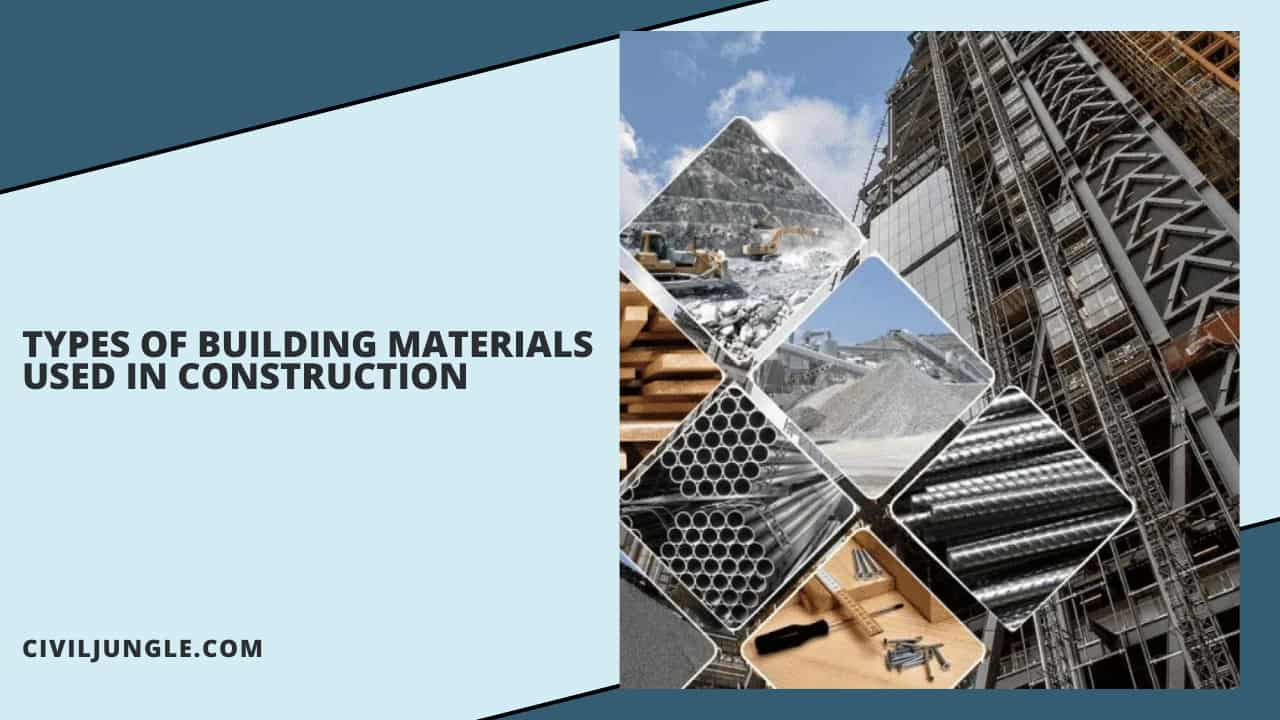
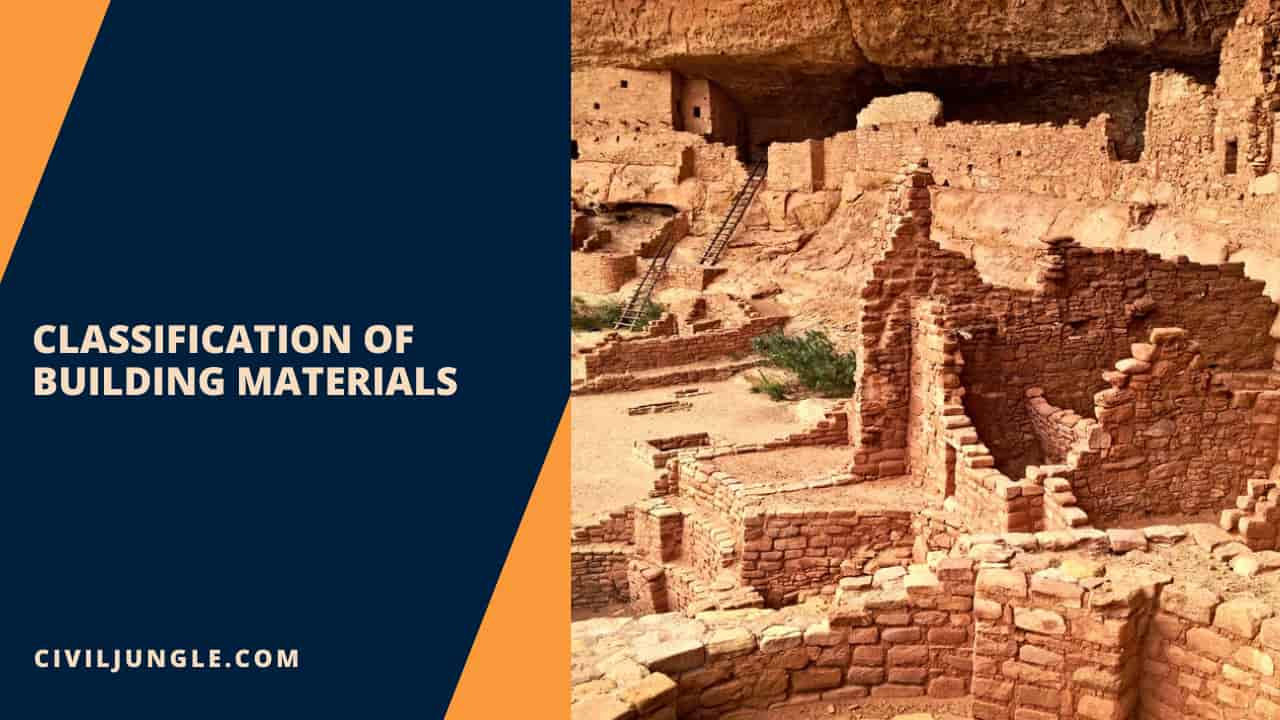

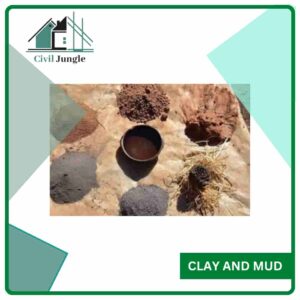
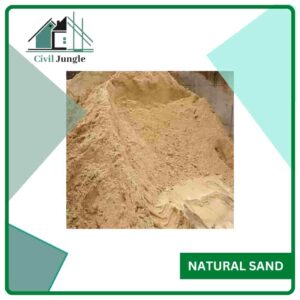

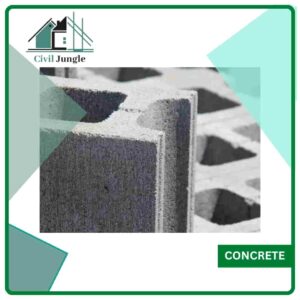
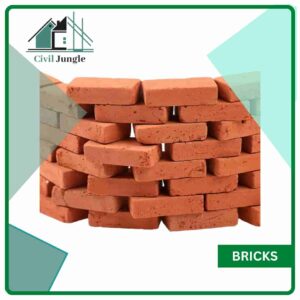
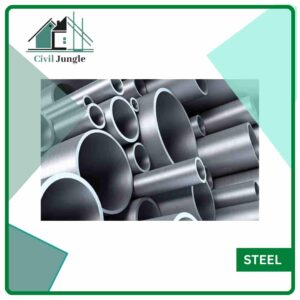
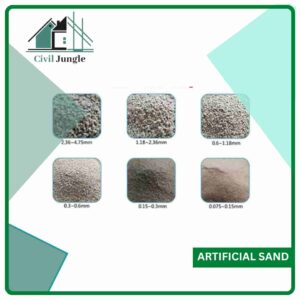

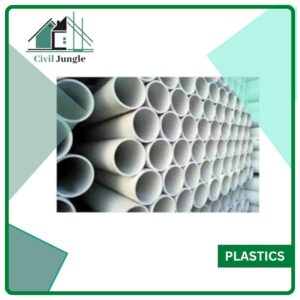

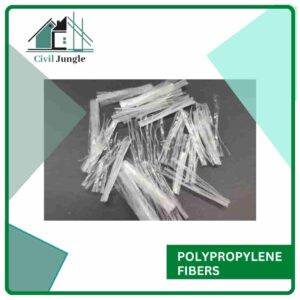

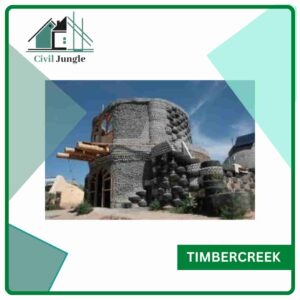
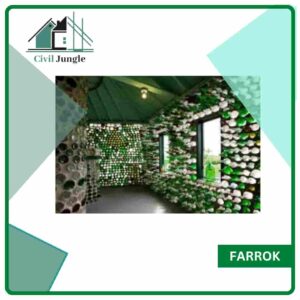
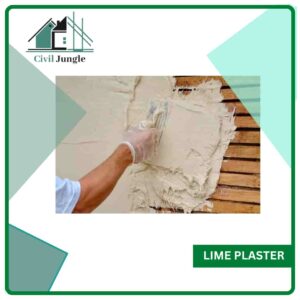
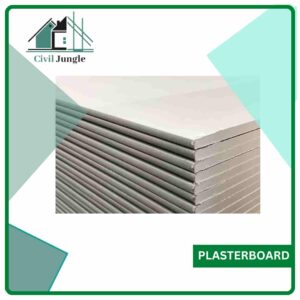


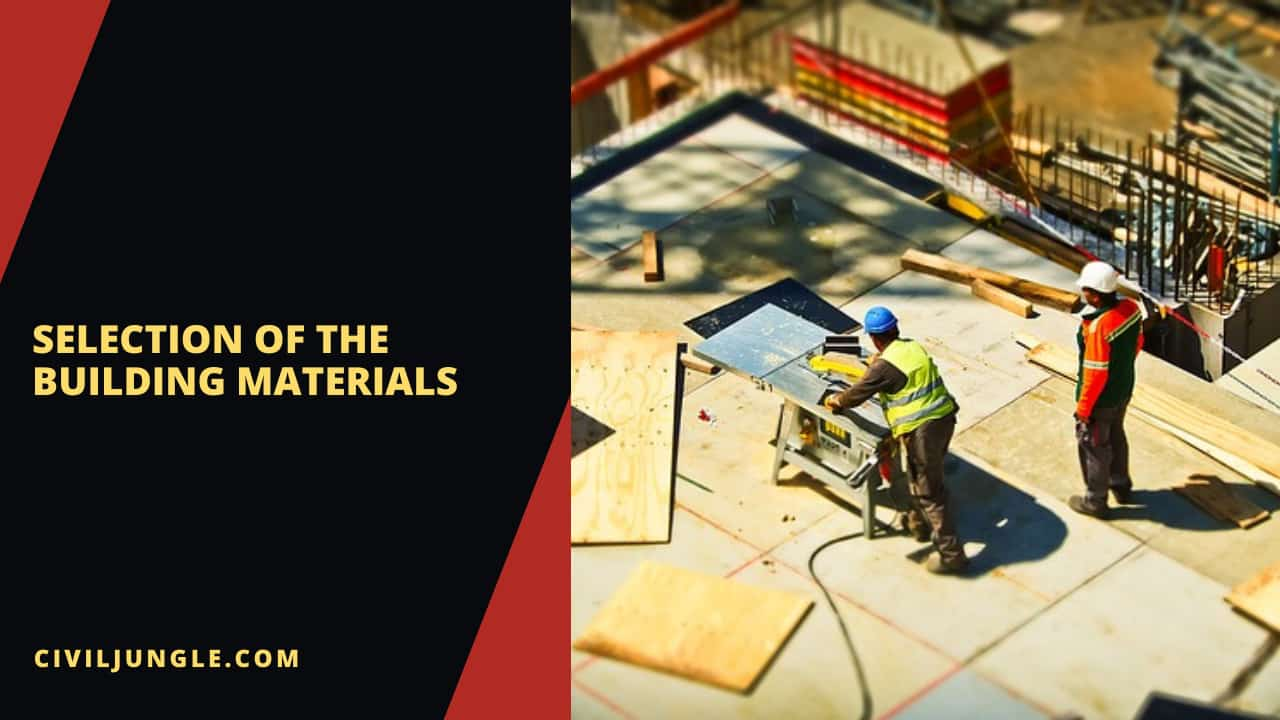
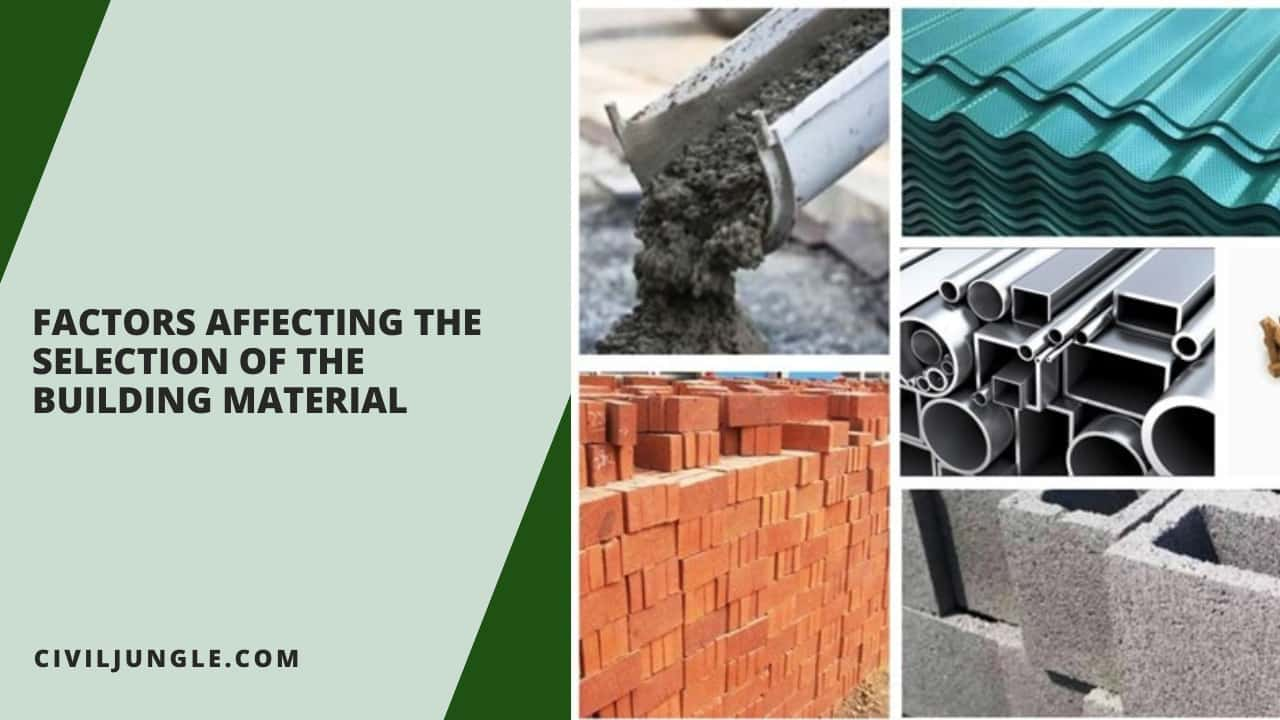

Leave a Reply